Let's Talk.
Orders & Enquiries | enquiries@theeggproject.co.nz

"How The Egg Project is Cracking Open Community Support and Sustainability"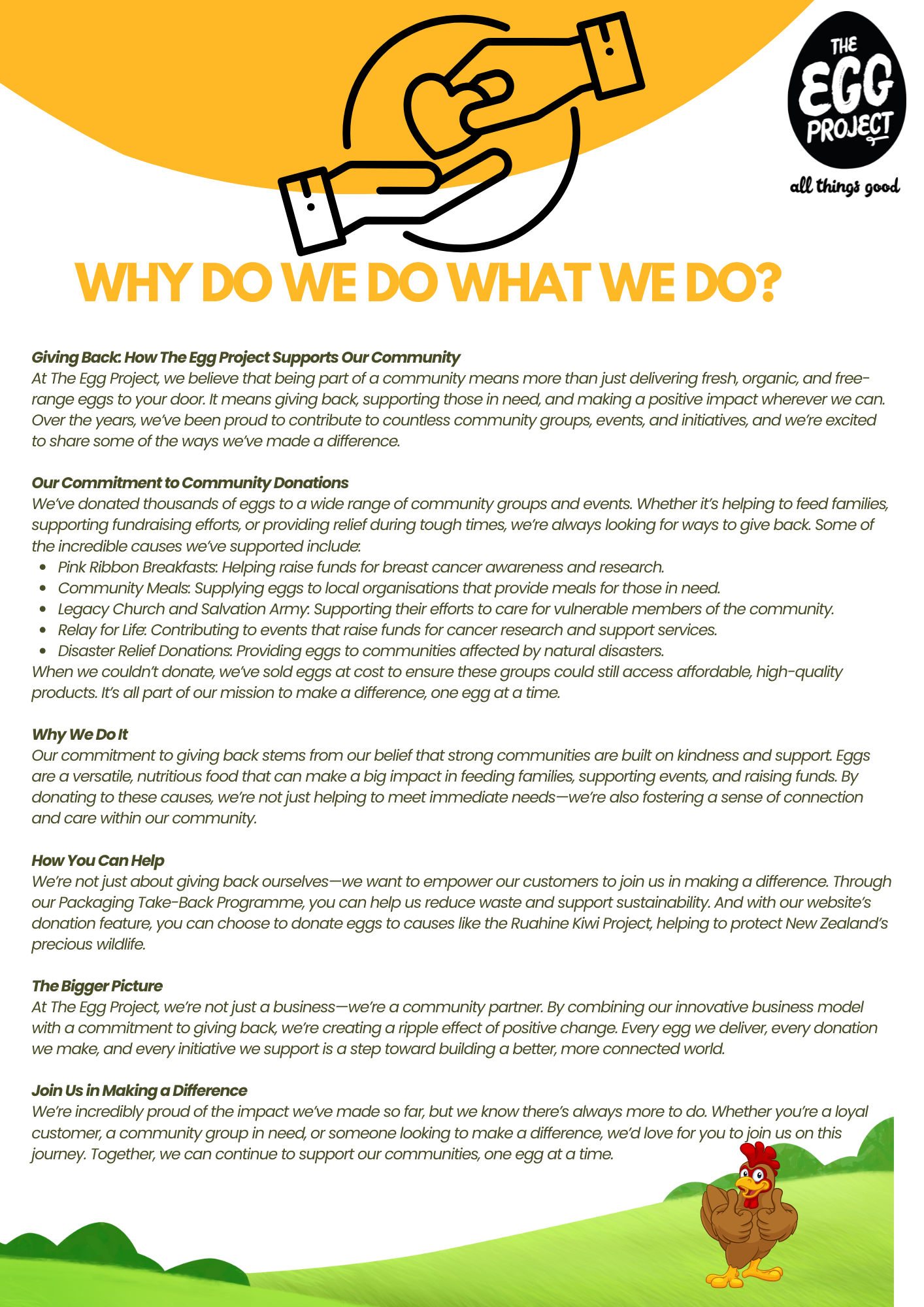
Yes, we can take back your trays and cartons....just check out a little more info here :-)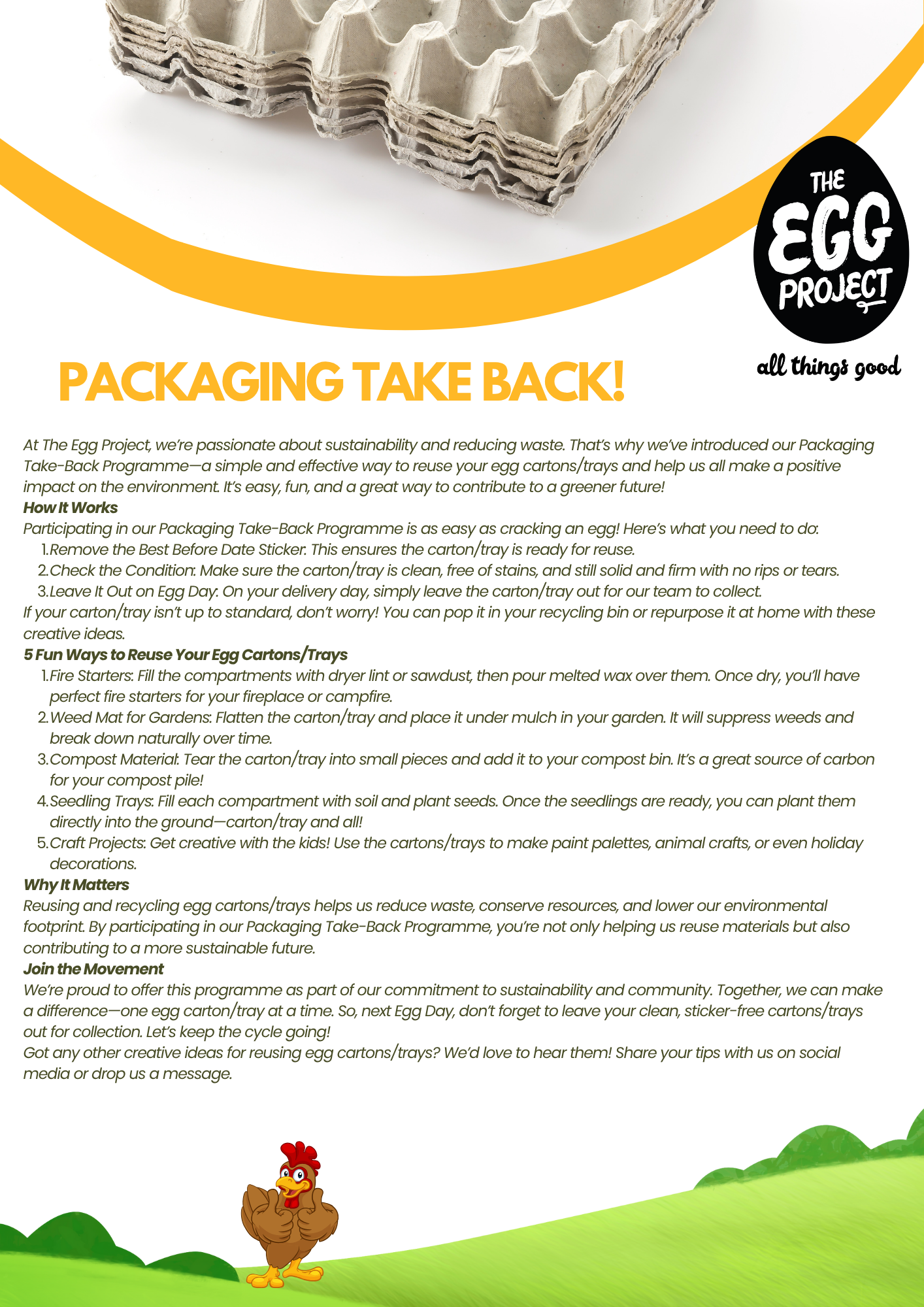
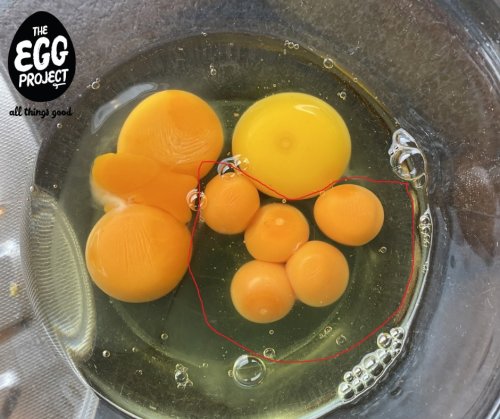
"Have you ever cracked open an egg expecting the usual yolk, only to find not one, not two, but five golden orbs staring back at you? Welcome to the fascinating world of the five-yolk egg phenomenon. Join us on a journey as we delve into the mysteries behind this extraordinary occurrence, uncovering the secrets of nature's bounty and celebrating the wonders of free-range living. Get ready to be egg-cited!"
View
For those that are in fundraising groups and are having a little trouble ordering your one off orders on the website, I have made a quick video for you to check out here....
View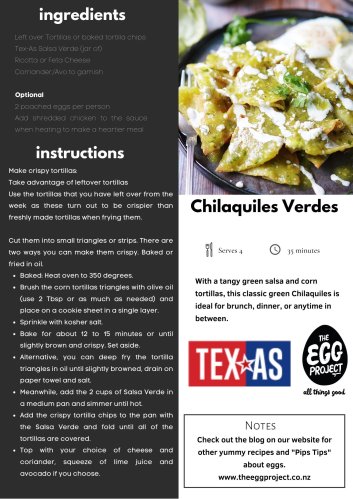
People are asking me what to do with the Salsa Verde....Kari sent me through some yummy recipes! With a tangy green salsa and corn tortillas, this classic green Chilaquiles is ideal for brucnh, lunch, dinner or anytime! Cant wait to try this one!
View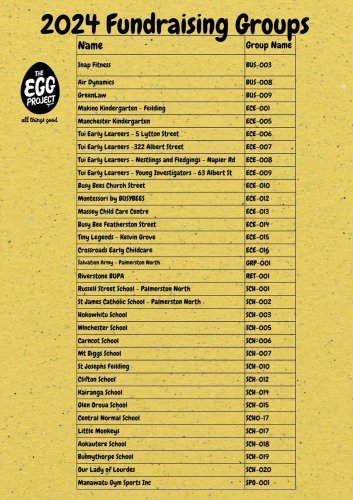
This is where you can find the code for your fundraising group to add into your account so you make sure you are getting eggs for your group!
View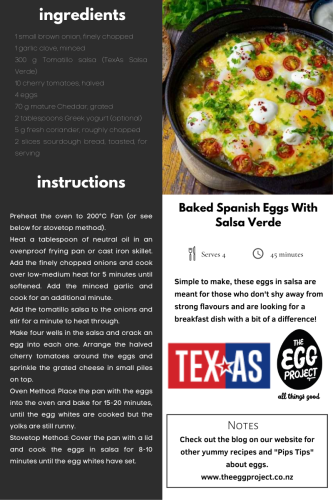
Simple to Make, these eggs in Salsa are meant for those who don't shy away from strong flavours and are looking for a breakfast dish with a difference!
View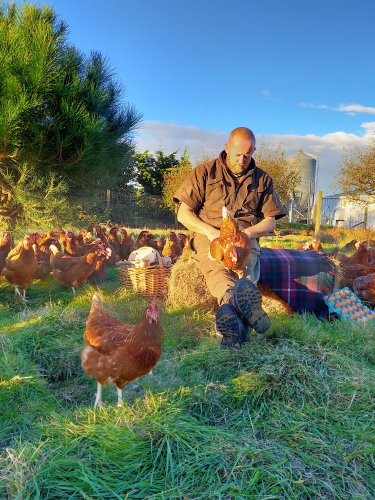
Im getting asked lots around egg price increases and why, so I have done a cost comparison of our eggs to others as well as doing some stuff around the true cost of protein....defnitely worth a read to broaden your brain cells and get your head around whats going on out there :-)
View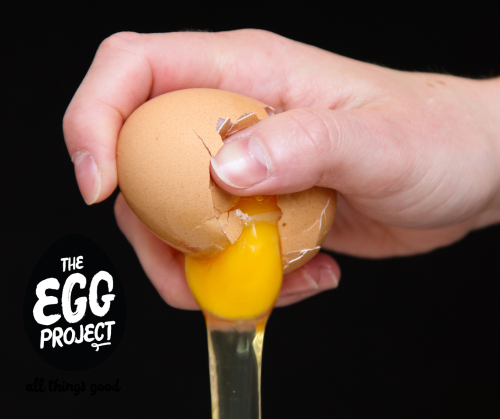
Did you know there is a right and wrong way to crack an egg?
View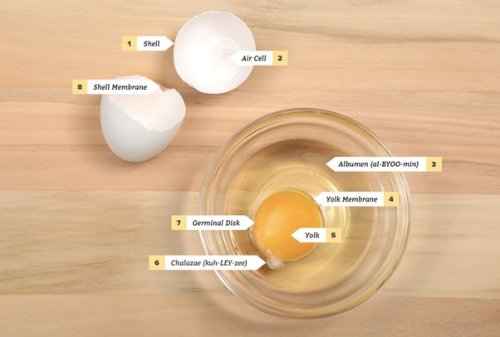
Curious about what makes up that humble egg you crack open every morning? Wonder no more! From the shell's defense mechanisms to the golden yolk's nutritional powerhouse, let's dive into the fascinating world of egg anatomy. Get ready to uncover the secrets hidden beneath that fragile exterior and gain a whole new appreciation for this breakfast staple. Let's crack into it together!
View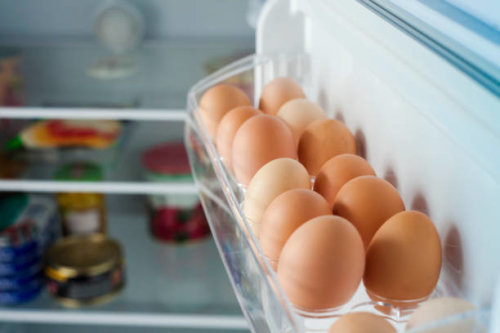
Wondering whether you should keep your eggs in the fridge or store them at room temperature? In this post, we’ll crack open the truth about egg storage and how it affects freshness, safety, and cooking. Read on for Pip’s expert tips to help you make the best choice for your eggs!
View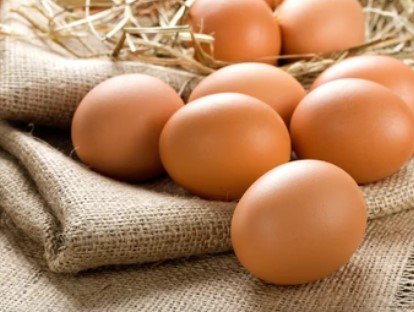
Best Before dates on eggs can be confusing, but Pip is here to clear it up. Under MPI regulations in New Zealand, eggs get a 35-day Best Before date starting the day they’re laid. So, eggs in the supermarket with two weeks left before their Best Before date are already 21 days old. When you buy from us, you're getting super fresh eggs, often delivered the same day they're laid!
View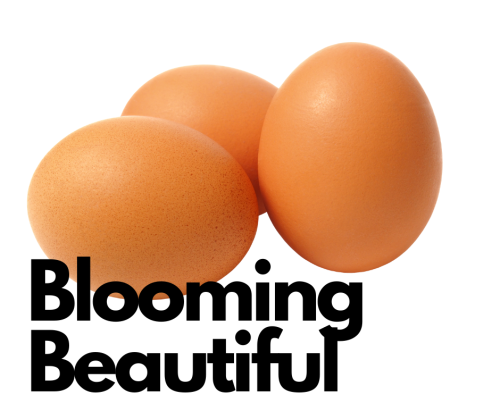
Ever wondered if you should be washing your eggs? Spoiler alert: the answer is no! There’s a good reason behind it, thanks to some clever work by Mother Nature. Eggs are laid with a protective layer called the "bloom" that keeps them fresh and safe from bacteria. Let me walk you through why keeping that bloom intact is so important and how it affects your egg’s freshness.
View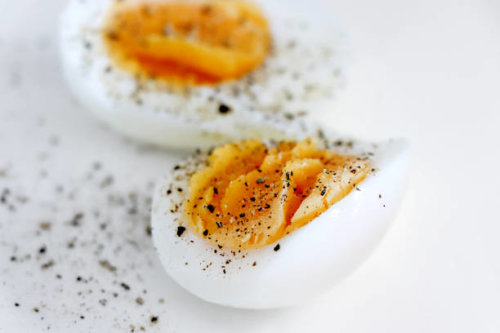
How to hard boil and peel a super fresh egg
View
Worried about getting your eggs over the holidays - dont panic.... we have a solution!
View
Welcome to The Egg Project! Thanks so much for taking the time to get to know our system! We are so grateful for the opportunity to work with you to fundraise for your group!
View